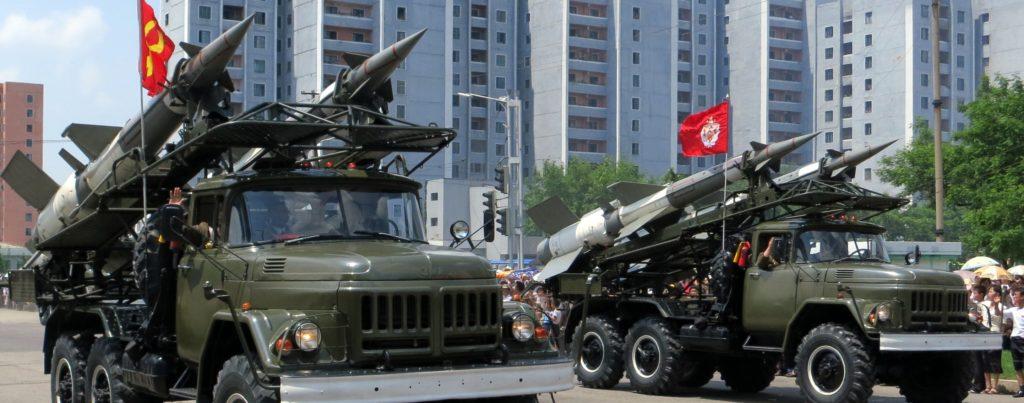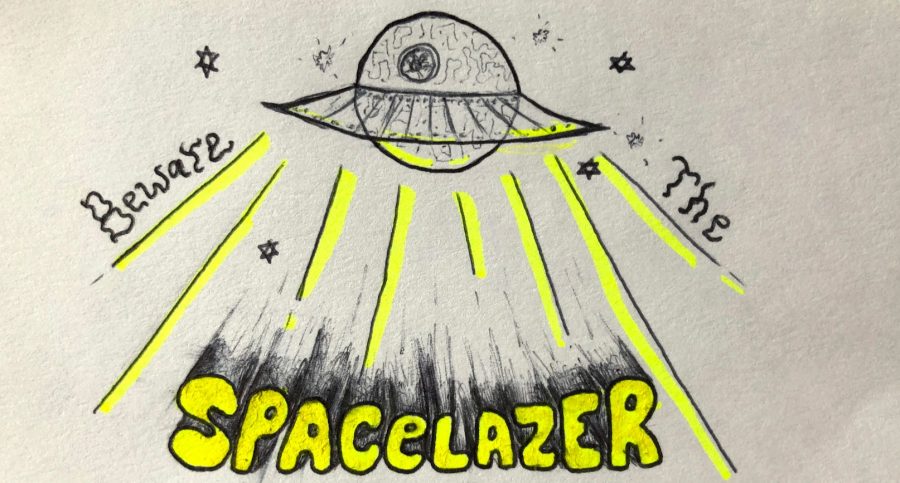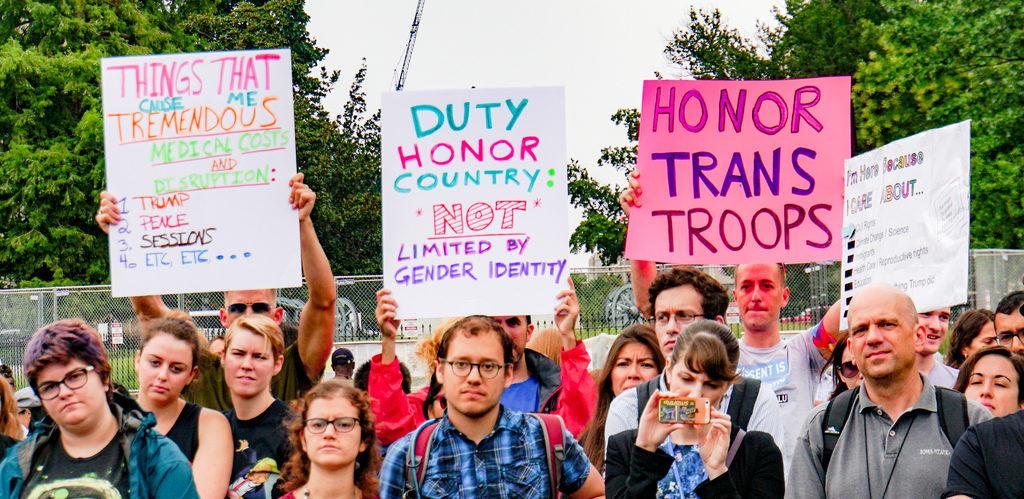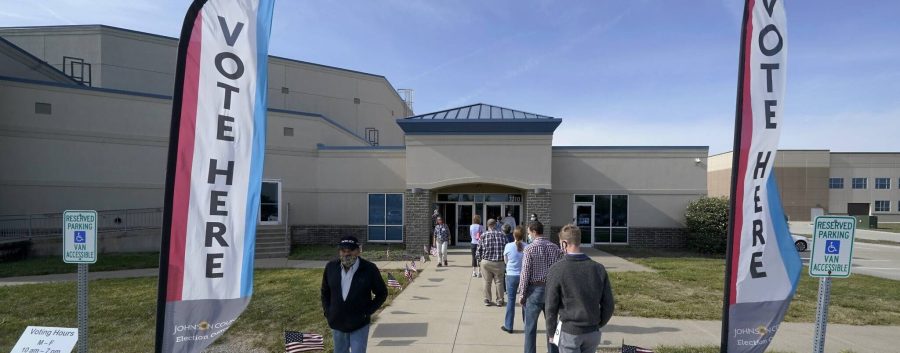Slider image courtesy of Flickr
Last month, in one of his most controversial Twitter threads, President Trump tweeted that transgender people would no longer be allowed to serve in the military. Although the President’s tweets are often disregarded or viewed as “empty threats,” many took this thread to heart. The next week, Trump issued a presidential memorandum to the Secretary of Defense and the Secretary of Homeland Security officially proposing that transgender persons should be banned from entering the military, but left the details up to the Department of Defense (DOD). The President’s announcement is creating a strong reaction; “some say it’s a diversionary tactic. Others say transgender people affect unit cohesion,” explains NPR reporter, Scott Shafer.
Immediately after the ban was proposed, hundreds of demonstrators took to the streets of San Francisco’s Castro neighborhood, an epicenter of the city’s LGBT community. Meghan Rohrer, a transgender pastor who protested the new policy, told NPR news that “soldiers are anything but a burden. I think they’re people who are sacrificing their bodies. And the more that we can do to care for them so that their minds and bodies and spirits are whole and healthy, the stronger our military will be.”
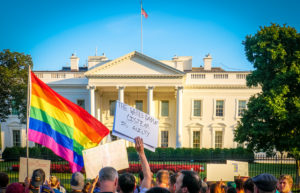
On the contrary, retired Air Force veteran, Larry Cain, says Trump did the right thing. “In the battlefield, you’re there to kill and break things. And we don’t need time out to, oh, I’m having a hormone disorder now. I need time out. The cohesion isn’t there.”
Regardless of which side one’s outlook on the issue, there are still a multitude of unanswered questions. Teresa Sparks, a transgender veteran who spent eight years in the Navy, is worried about how the policy will affect her even after her service has ended. “Is he going to cut off my benefits because I was a veteran and served? Will I no longer be able to buy a house under the GI Bill?” asks Sparks.
A 2016 study by the RAND Corporation estimated that 2,450 of the 1.3 million active-duty members of the military are transgender, and that every year between 29-129 will seek to transition to the other gender.
In a New York Times article discussing obstacles to lifting military’s transgender ban, Michael S. Schmidt explains that “if the Pentagon did not cover the cost of medical procedures for service members — like hormone therapy and surgery — they would likely avoid seeking medical care and would have higher rates of substances abuse and suicide.”
Todd Harrison, a senior fellow at the Center for Strategic and International Studies claims that “this is a non-issue in terms of the impact on the budget, military readiness, unit cohesion, and morale.” He continues, saying that “The annual cost of implementing the policy change is about how much the U.S. spends on operations in Afghanistan every hour. The cost of one F-35 could pay for about 30 years’ worth of transgender benefits.”
The nation is responding to the new information in numerous ways. There is outrage from the public and frustration within the military itself, including five transgender service members who are suing President Trump and top Pentagon officials. There are strong push backs from government officials such as Senators Kirsten Gillibrand (D-NY) and Susan Collins (R-ME) who are filing an amendment to block the ban. There are protests erupting throughout the Nation, constant media attention, and a country nervously waiting for what is to come.



























